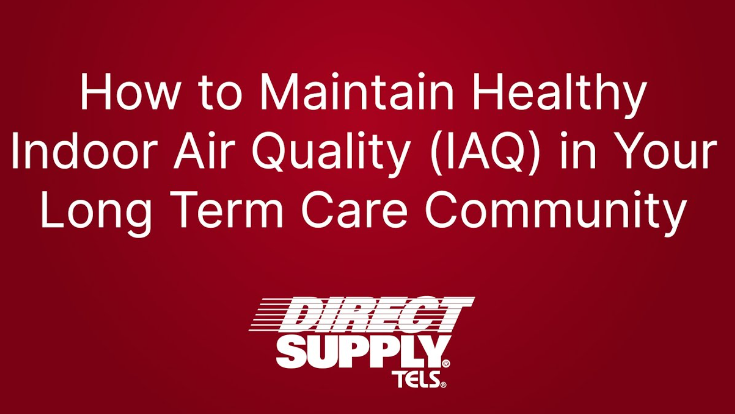Clearing the Air: Tips for Maintaining Healthy Indoor Environments

In today’s fast-paced world, many spend most of their time indoors, whether at home, in the office, or in other enclosed spaces. However, we may need to realize that the air we breathe indoors can often be more polluted than the air outside. Poor indoor air quality can significantly affect our health, leading to respiratory issues, allergies, and other health problems.
Therefore, taking proactive steps to maintain a healthy indoor environment is essential. In this blog post, we’ll explore some practical tips for clearing the air and ensuring that the air inside your home is clean and healthy.
Contents
Understand the Sources of Indoor Air Pollution:
Before effectively tackling indoor air quality issues, it’s crucial to understand the familiar sources of indoor air pollution. These sources can include:
- Dust and dust mites
- Pet dander
- Mold and mildew
- Tobacco smoke
- Household cleaning products
Paints, furniture, and other materials emit VOCs (volatile organic compounds).
- By identifying these sources, you can take targeted actions to reduce their impact on indoor air quality.
Keep Your Home Clean:
Regular cleaning is vital to maintaining healthy indoor air quality. Vacuuming carpets, rugs, and upholstery can help remove dust, pet dander, and other allergens. Additionally, dusting surfaces and mopping floors can prevent the buildup of dirt and debris. Be sure to regularly clean or replace air filters in your HVAC system to prevent the recirculation of pollutants throughout your home.
Control Humidity Levels:
High humidity levels can promote the growth of mould and mildew, which can negatively impact indoor air quality and exacerbate respiratory issues. Use a dehumidifier to maintain optimal humidity levels (ideally between 30-50%) in your home, especially in damp areas like basements and bathrooms. Additionally, proper ventilation should be ensured in areas prone to moisture buildup to prevent mould growth.
Invest in Air Purifiers:
Air purifiers, equipped with meltblown filter media, are engineered to eliminate air impurities like dust, pollen, pet dander, and mould spores. Opting for a premium air purifier can notably enhance indoor air quality, benefiting those with allergies or asthma. Seek out air purifiers featuring HEPA filters, renowned for their exceptional capability in trapping airborne particles.
Bring in Fresh Air:
Opening windows and doors regularly can help ventilate your home and flush out indoor air pollutants. Even just a few minutes of fresh air circulation daily can make a noticeable difference in indoor air quality. Consider installing trickle vents or exhaust fans in kitchens and bathrooms to enhance ventilation and remove odours and moisture.
Choose Low-VOC Products:
Many household products, such as paints, varnishes, cleaning supplies, and air fresheners, contain volatile organic compounds (VOCs) that can off-gas and contribute to indoor air pollution. Opt for low-VOC or VOC-free alternatives to minimize exposure to harmful chemicals. Look for “green” or “eco-friendly” products to ensure they meet strict emissions standards.
Ban Smoking Indoors:
Tobacco smoke is a significant contributor to indoor air pollution and can have serious health consequences for both smokers and nonsmokers. Establish a strict no-smoking policy inside your home to protect your family’s health and prevent the buildup of harmful pollutants. Designate outdoor smoking areas away from doors and windows to minimize exposure to secondhand smoke.
Maintain Proper Ventilation:
Proper ventilation is essential for promoting good indoor air quality and preventing the buildup of pollutants. Ensure that your home’s HVAC system is well-maintained and operating efficiently. Clean air ducts and vents regularly to remove dust and debris that can accumulate over time. Consider installing exhaust fans in kitchens, bathrooms, and other high-moisture areas to remove stale air and improve ventilation.
In Conclusion
Maintaining healthy indoor air quality is essential for promoting overall health and well-being. Following these tips and adopting good indoor air quality practices can create a clean and healthy environment for you and your family. From regular cleaning and ventilation to investing in air purifiers and choosing low-VOC products, there are many steps you can take to clear the air and ensure a healthier indoor environment. By taking action today, you can breathe easier and enjoy the benefits of cleaner indoor air for years.




